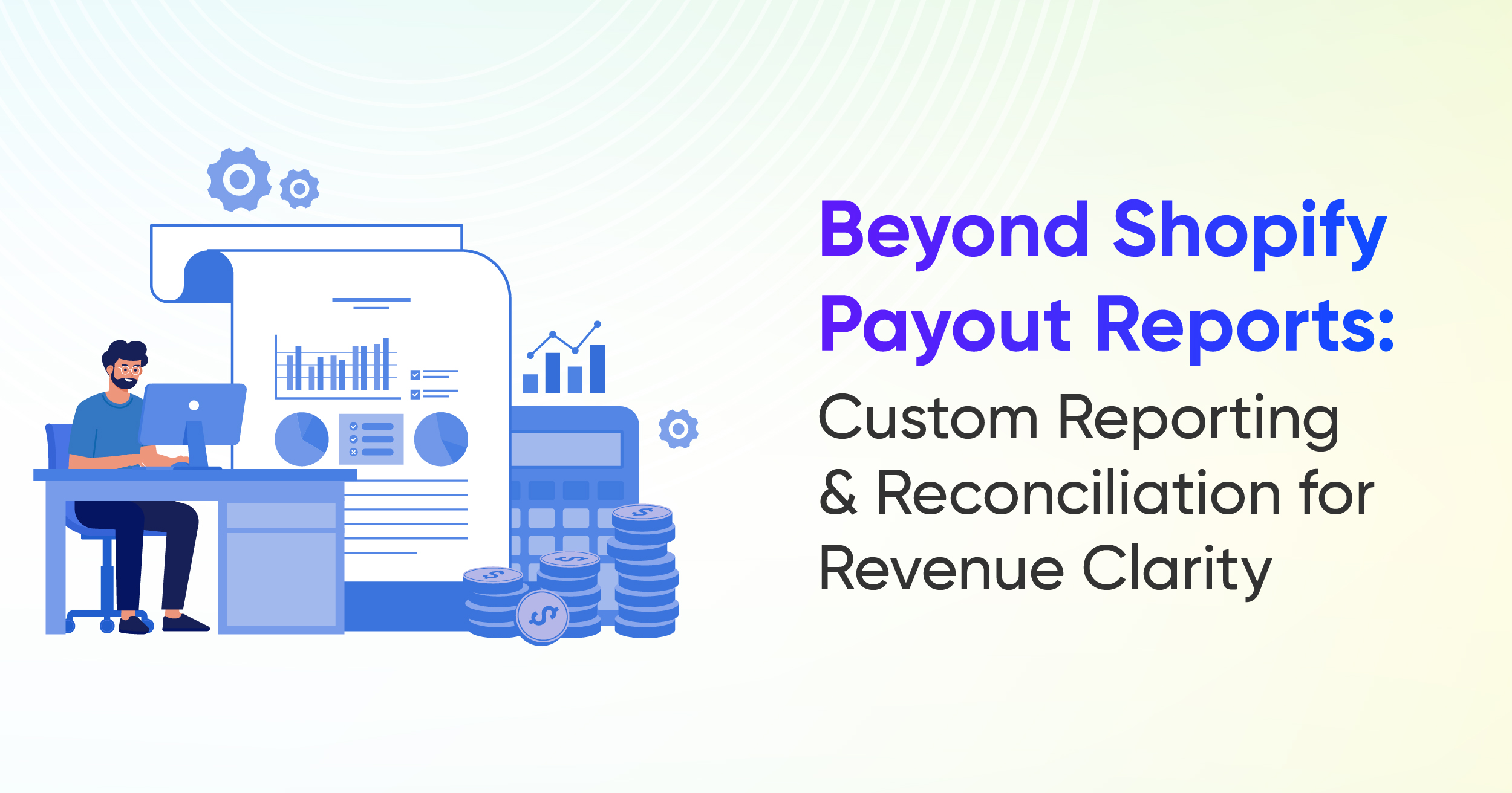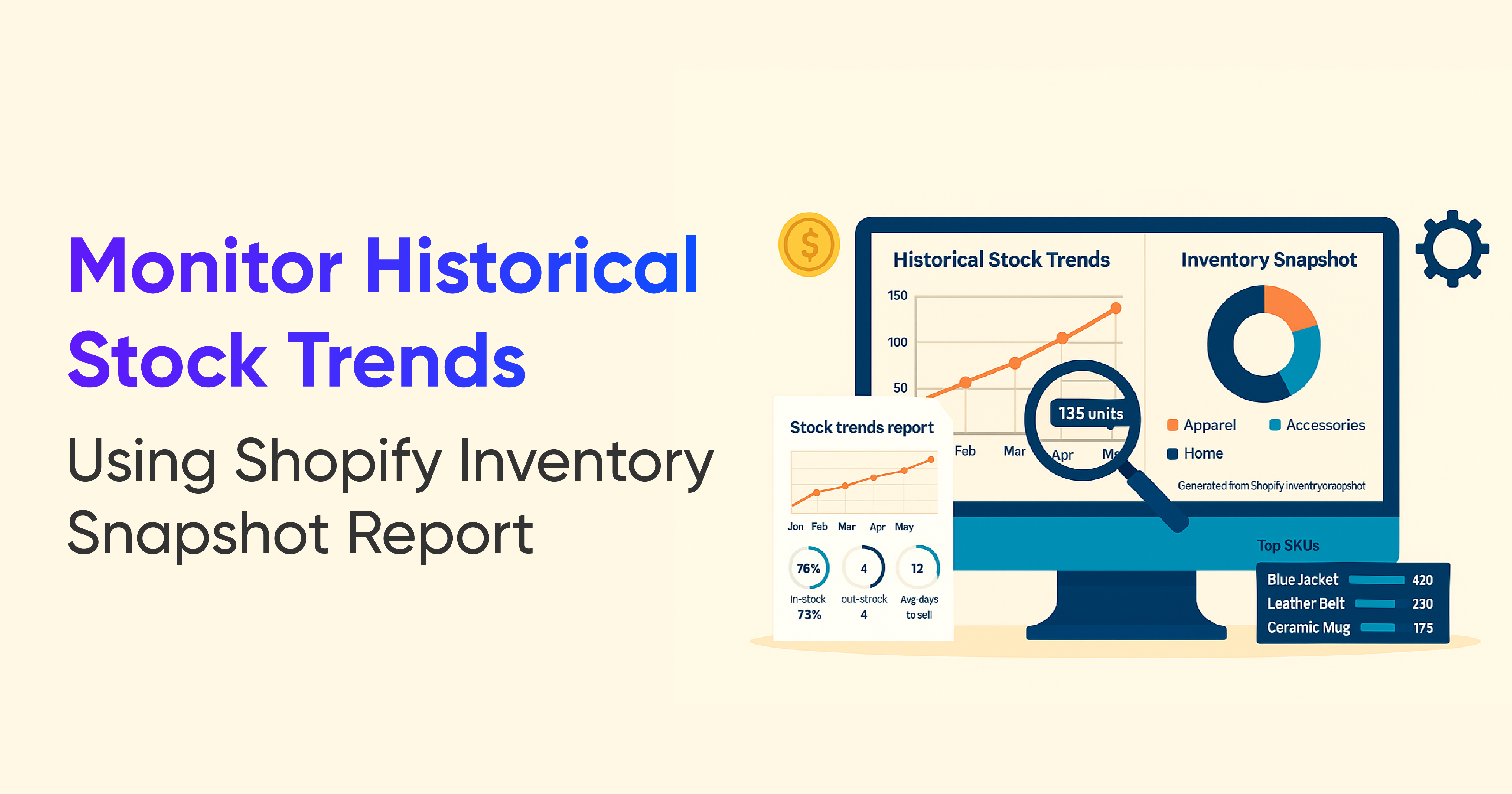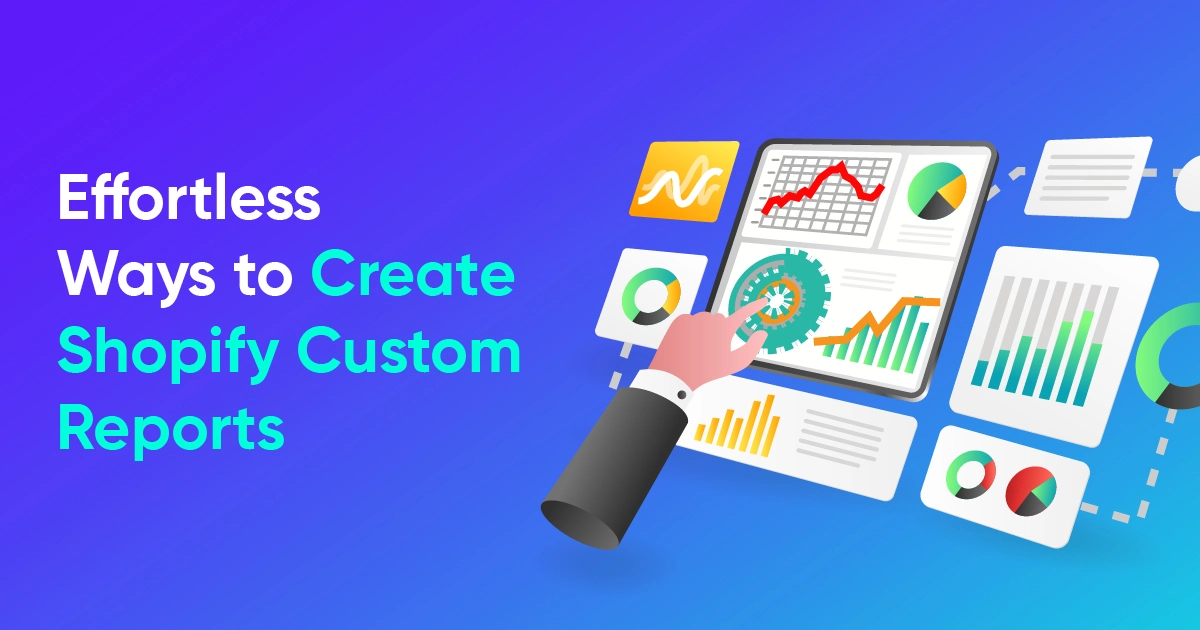Shopify Customer Retention Report: Track Returning Customers & CLV
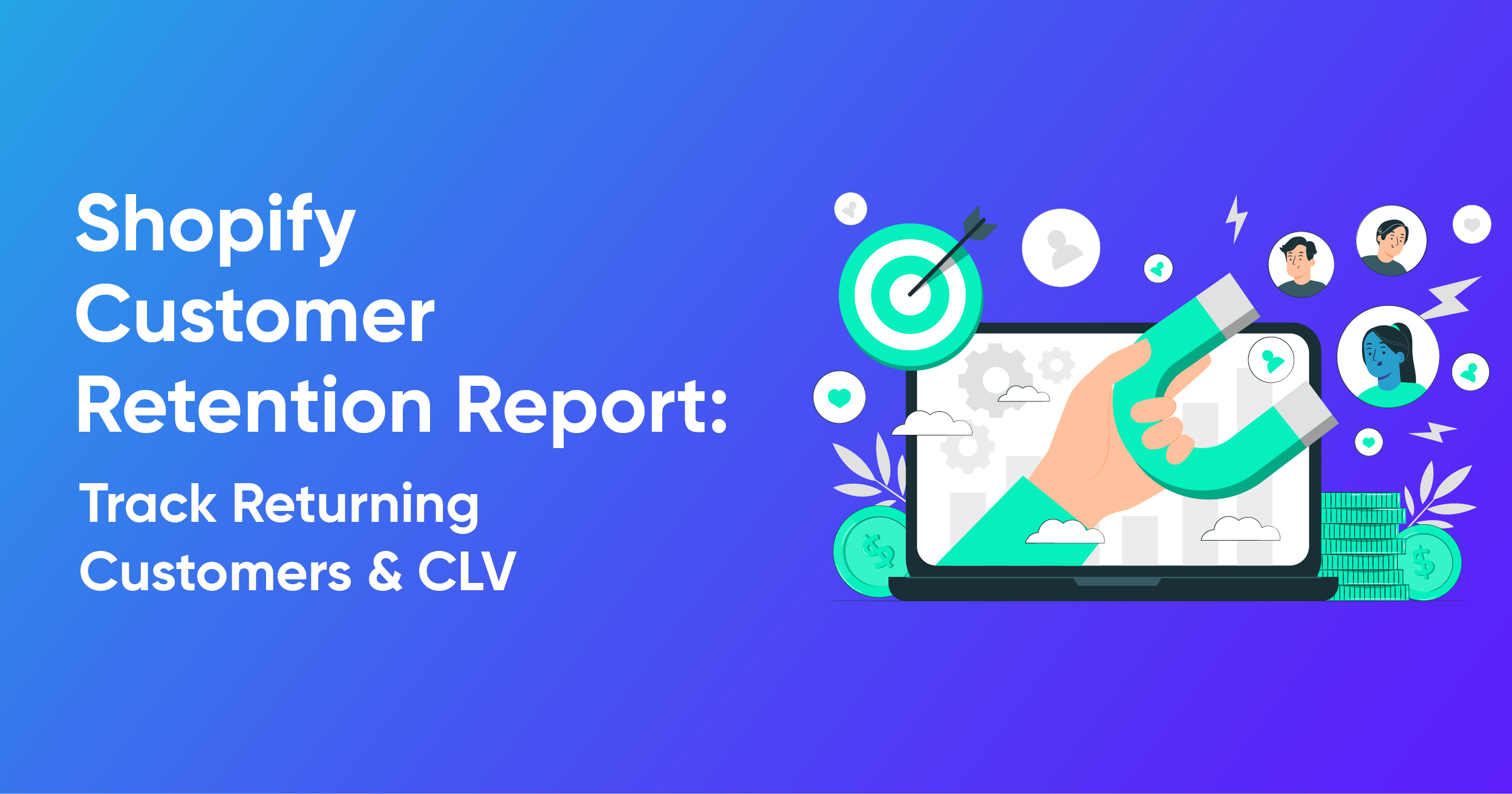
In the world of eCommerce, sales don’t tell the whole story. The real growth engine is customer retention, getting your existing customers to come back, buy again, and stay loyal to your brand. For Shopify merchants, the difference between a one-time buyer and a returning customer can be massive.
Take a look at these stats:
- A repeat customer spends 67% more than a new customer.
- The chances of selling to an existing customer are 60–70%, compared to just 5–20% for a new one.
- Increasing retention rates by just 5% can raise profits by 25% to 95%.
- Nearly 50% of customers say they’ll leave a brand after one bad experience.
Numbers like these make it clear: retaining customers is cheaper and far more profitable than acquiring new ones. The challenge for Shopify stores is that rising advertising costs, subscription fatigue, and increased competition make it harder than ever to keep shoppers engaged.
That’s why every merchant needs a Shopify customer retention report, a way to track returning customers, understand what keeps them coming back, and take action to improve loyalty. With tools like Report Pundit, you can uncover detailed insights into your Shopify returning customers, analyze their buying behavior, and boost customer lifetime value (CLV).
Why Returning Customers Matter
Every Shopify store needs new buyers, but returning customers are the real revenue drivers. They:
- Spend more per order (higher average order value).
- Cost less to convert (no need for expensive ad spend).
- Help stabilize revenue with predictable repeat purchases.
- Often become brand advocates who bring in referrals.
For example, imagine a Shopify beauty store. A first-time buyer may purchase one skincare item, but if they return monthly for refills or try new products, their lifetime value skyrockets. In this way, returning customers directly impact growth and long-term profitability.
Understanding Why Customers Return to Your Store
Customers don’t just return by chance, there are specific reasons that make them come back:
- Product satisfaction: They liked what they bought previously and want to try more.
- Quality: Consistently good product quality builds trust.
- Pricing: Fair, transparent pricing keeps customers from looking elsewhere.
- User experience: A smooth website experience is easy browsing, quick checkout, mobile responsiveness, makes shopping enjoyable.
- Customer support: Friendly, fast, and hassle-free support encourages repeat purchases.
Figuring out these reasons is a crucial component of customer analysis. By identifying what drives loyalty, you can double down on what works, eliminate pain points, and strengthen your retention strategy.
What is Customer Retention?
Customer retention is the process of keeping buyers engaged so they return to your store again and again. On Shopify, this means monitoring:
- How many first-time buyers come back.
- How frequently existing customers purchase.
- Which products or campaigns bring them back.
The challenge? Shopify’s native analytics don’t provide a dedicated customer retention report. While you can see order history, it’s not easy to calculate repeat purchase rates, CLV, or returning customer behavior across different segments.
Without these insights, you risk:
- Overspending on acquisition while neglecting existing customers.
- Missing chances to upsell or cross-sell to loyal buyers.
- Failing to spot churn risks until it’s too late.
That’s why Shopify merchants often turn to Report Pundit’s retention reporting.
Shopify Returning Customer Reports in Report Pundit
Report Pundit offers ready-made and customizable reports that go beyond Shopify’s built-in analytics. When it comes to customer retention, three reports stand out:
1. Returning Customers Report
Shows which customers have made more than one purchase, how often they return, and their total spend.
Example: A fashion brand may discover that 35% of its customers buy again within 60 days. They can then design campaigns (like reminder emails or limited-time discounts) timed perfectly to encourage repeat purchases.
2. Most Valuable Customers Report
Highlights high-value buyers who contribute the most revenue. Perfect for identifying customers worth targeting with loyalty programs or VIP offers.
Example: A coffee store may find that its top 5% of customers account for 40% of revenue. With this insight, they can launch a subscription box or exclusive loyalty rewards for those customers.
3. First-Time vs Returning Customer Sales Report
Compares revenue contributions between new customers and repeat buyers, helping you understand how much of your growth comes from retention.
All three reports include valuable data points like:
- Customer name and type (new vs returning)
- Order count
- Total revenue per customer
- Average order value (AOV)
And with Report Pundit, you can customize these reports further—adding fields like region, product category, or acquisition channel.
How the Repeat Customer Rate is Calculated
Report Pundit uses a simple but powerful formula:
Repeat Customer Rate = (Customers with 2+ orders ÷ Total Customers) × 100
This percentage shows how many of your buyers are Shopify returning customers. Monitoring this KPI over time gives you a clear picture of retention trends—and whether your marketing strategies are working.
Benefits of Customer Retention Reports
1. Increase Average Order Value (AOV)
By analyzing past purchases, you can recommend related products or bundle offers to repeat customers. For example: if a customer bought a phone case, suggest accessories like screen protectors or charging cables. Personalized upselling increases order size without extra ad spend.
2. Reduce Churn Rate
Retention reports highlight pain points that cause customers to drop off. If you notice high returns or declining repeat orders, you can fix product quality, pricing, or support issues before it’s too late.
3. Enhance Customer Experience
When you know what customers buy and how often they return, you can design a smoother, more personalized experience. This could mean better product recommendations, loyalty discounts, or targeted email campaigns.
Example: An apparel brand might recommend complementary items (like shoes with a dress purchase) based on past buying patterns. This makes customers feel valued and more likely to return.
4. Boost Customer Lifetime Value (CLV)
Retention reports help you calculate and maximize CLV by showing total revenue per customer over time. Instead of chasing one-time sales, you focus on growing long-term value.
For instance, a Shopify fitness store might find that customers who buy supplements three times a year are also highly likely to purchase accessories. By targeting these high-CLV groups with relevant campaigns, they can grow profits without acquiring more customers.
From Insight to Action: Turning Reports Into Results
Retention insights are only valuable if you act on them. Here are practical strategies merchants launch after analyzing retention data:
- Win-back campaigns: If purchase frequency drops, trigger personalized emails or SMS reminders with replenishment offers.
- VIP programs: Use the Most Valuable Customers report to identify top spenders and reward them with perks like early access or exclusive discounts.
- Subscriptions: Offer repeat buyers a subscription plan to lock in loyalty and stabilize recurring revenue.
- Personalization: Display dynamic recommendations based on past purchases, boosting engagement and AOV.
Case Study: Tracking Customer Lifetime Value with Report Pundit
Business Type: A mid-sized apparel brand selling through Shopify.
Challenge:
The brand wanted to understand customer retention and repeat purchase behavior in detail. Their main questions were:
- How often do customers return?
- What’s the average lifetime value of a customer?
- Which segments are worth prioritizing for retention?
Their existing tools lacked clarity on long-term customer value.
Solution:
Using Report Pundit, a custom Customer Lifetime Value (CLV) report was built with:
- Total revenue, orders, and unique customers
- Automatically calculated purchase frequency and AOV
- CLV formulas tracking value across 12 months
- Segmentation of 1x, 2x, and 3x+ buyers
Result:
The report helped the brand clearly identify which customer groups brought the most value—and where to focus retention efforts. With data-driven insights, they optimized loyalty campaigns and increased repeat purchase rates.
Why Report Pundit is Essential for Retention Analysis
Unlike Shopify’s standard reports, Report Pundit gives you:
- Custom reports tailored to your retention strategy
- Multi-store consolidation for brands running more than one Shopify shop
- Third-party integrations (e.g., PayPal, Stripe) for complete revenue visibility
- Automated scheduling so retention insights reach your inbox daily, weekly, or monthly
For Shopify merchants, this means less guesswork, more clarity, and stronger retention strategies.
Conclusion
Your customers are the lifeblood of your Shopify business. Retaining them is cheaper than acquiring new ones, and far more profitable. By tracking Shopify returning customers with retention reports, you gain the insights needed to improve AOV, reduce churn, and boost CLV.
Shopify’s native analytics give you a starting point, but tools like Report Pundit take it to the next level with detailed, customizable, and automated reports.

Build and automate your Shopify Reporting
Unlock the full potential of your Shopify store with Report Pundit. Gain access to over 2000 data fields, automate reports, and make data-backed decisions to grow your business.

.svg)
.svg)
.svg)

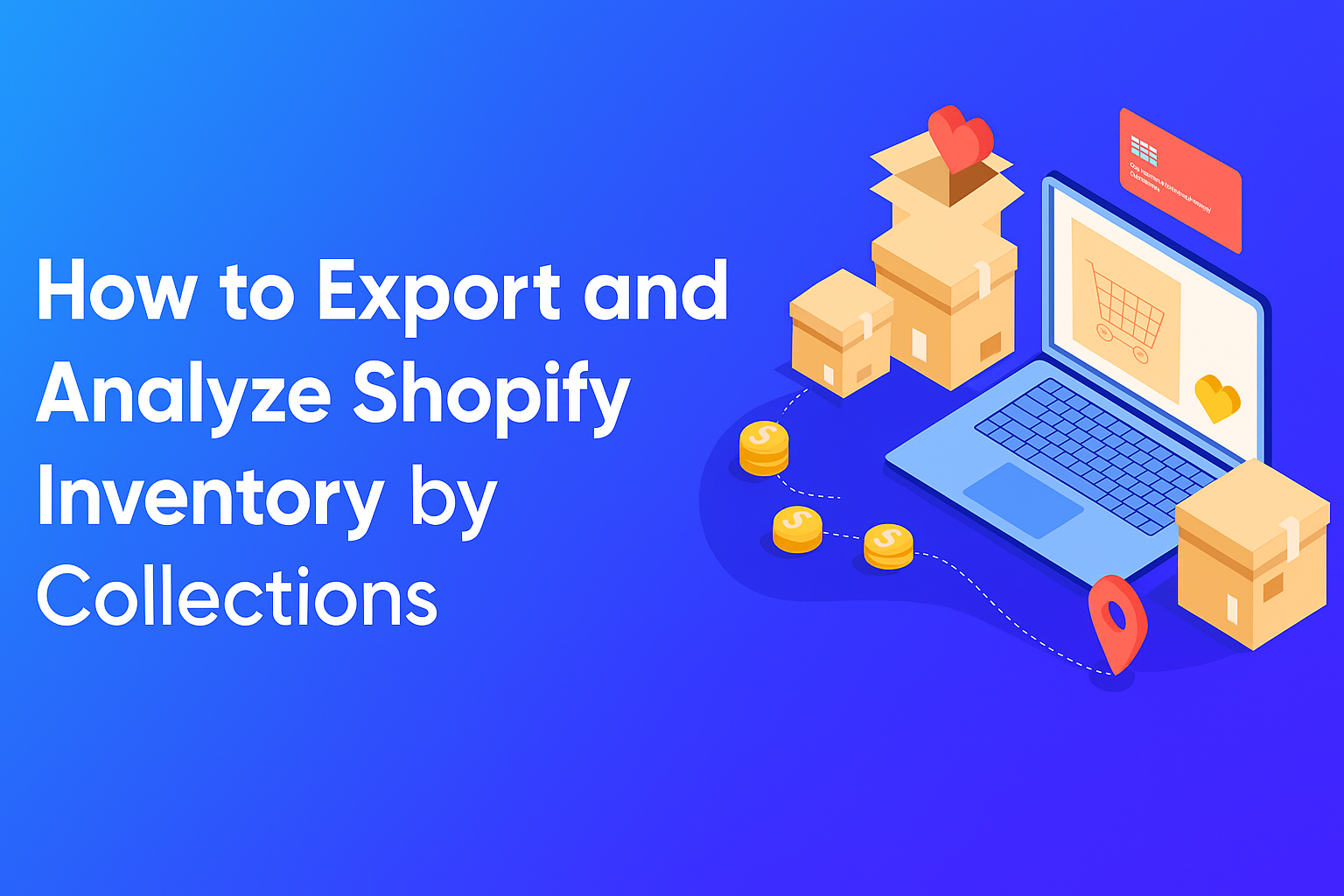


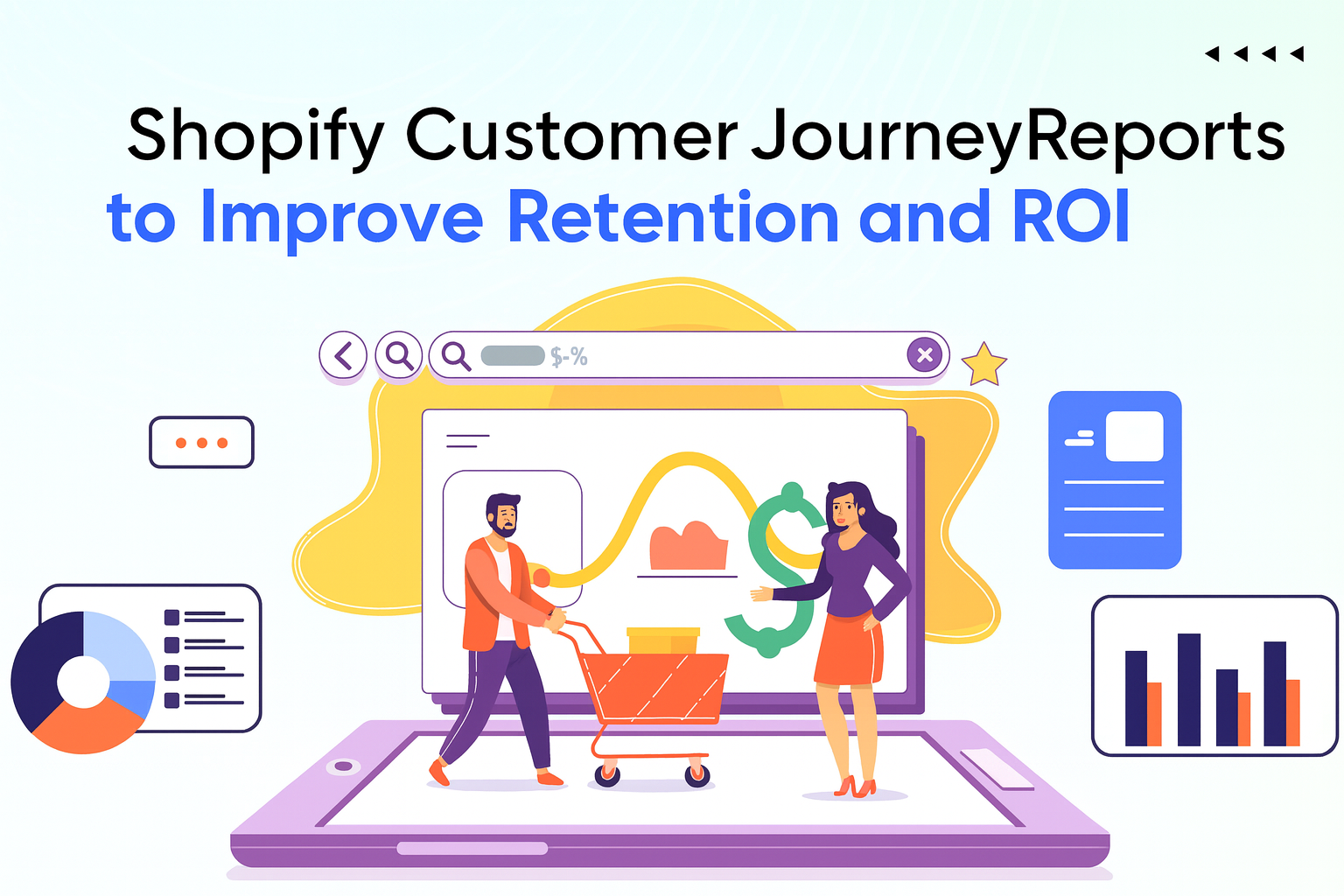




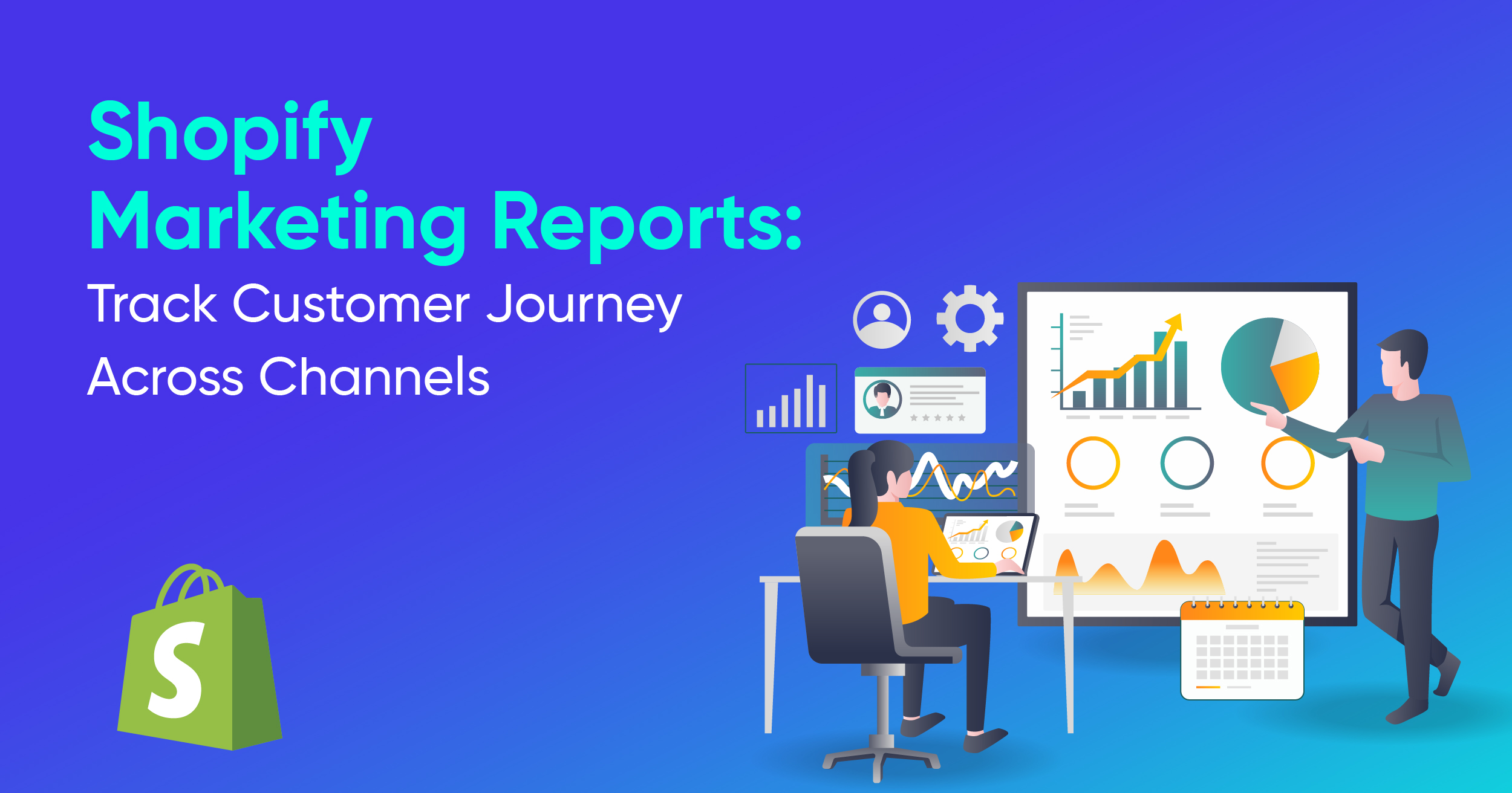

.webp)
.webp)


